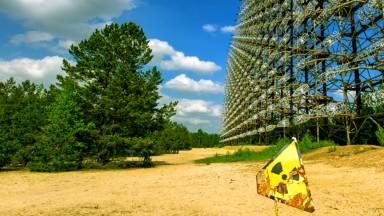
Boeing's CST-100 Starliner (Crew Space Transportation) crew capsule successfully completed its fifth and most complex parachute test, passing it with flying colors.
In the experiment, CST-100 Starliner was brought up to an altitude of 12,200 meters and was dropped from there while three of its six parachutes were deliberately set out of service. Nevertheless, after 4 stressful minutes, it landed gently in the US Army's White Sands Missile Range (WSMR), a United States Army military testing area in New Mexico.
The spacecraft is designed to transport astronauts between Earth, the International Space Station and other orbiting stations, including private ones, such as the Bigelow Aerospace hotel.
The recently completed experiment was one of the last crucial steps before the Starliner's first journey to the ISS, which should take place - unmanned - within a couple of months. The spaceship should remain attached to the Space Station for a week, like its rival, SpaceX's "Crew Dragon" which is still standing after an explosion during ground tests.
If the unmanned mission is successful, it will be followed by a crewed mission by the end of the year. Astronauts Chris Ferguson (from Boeing), Mike Fincke, and Nicole Mann (NASA) could be the first - after the end of the era of Shuttle, in 2011 - not to launch with Russian spaceships Soyuz and leave directly from American soil.









